I may have posed this question before, but it bares repeating. Today I put a scope on the USB output of one of those universal travel power converters. I was appalled. It was noisy as all get out. I put my horizontal cursors on to measure the envelope of the spike infested waveform, and measured something like 4.3 - 5.8 Volts.
What I'm thinking about doing is putting that through a boost converter, and then through a linear 5V regulator to try and clean it up. Any better ideas out there?

